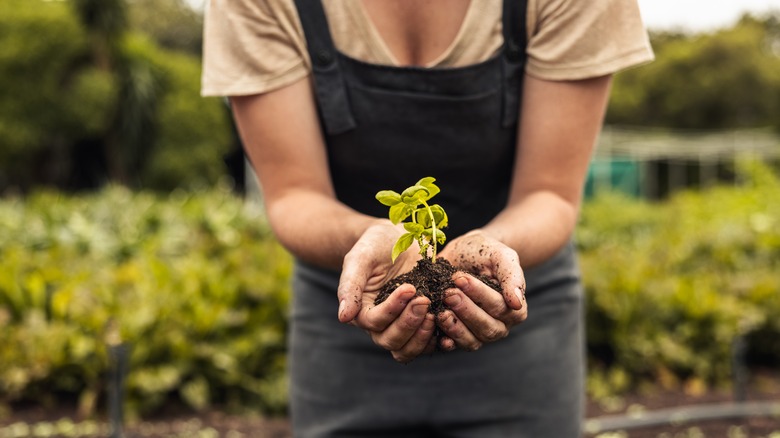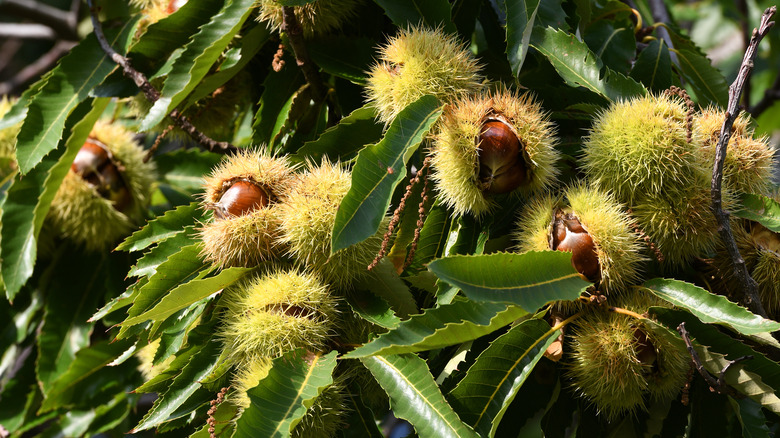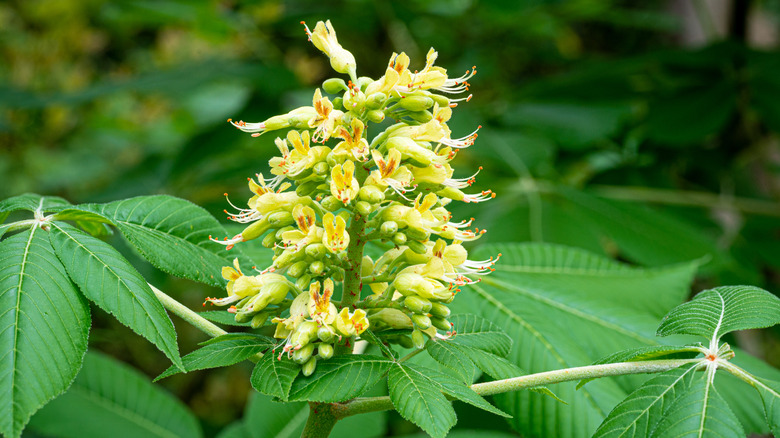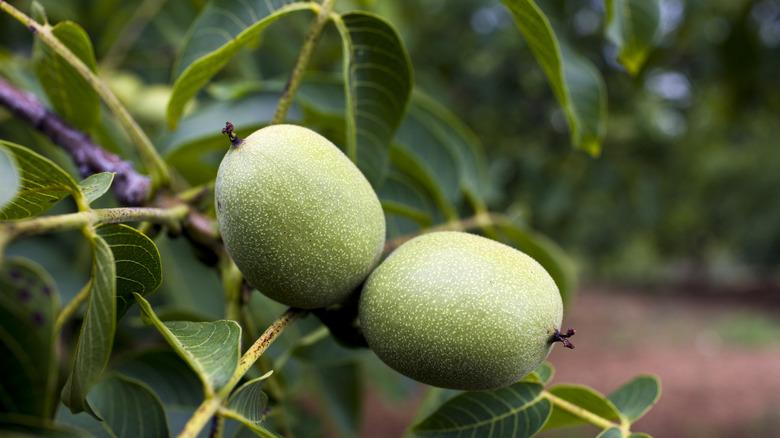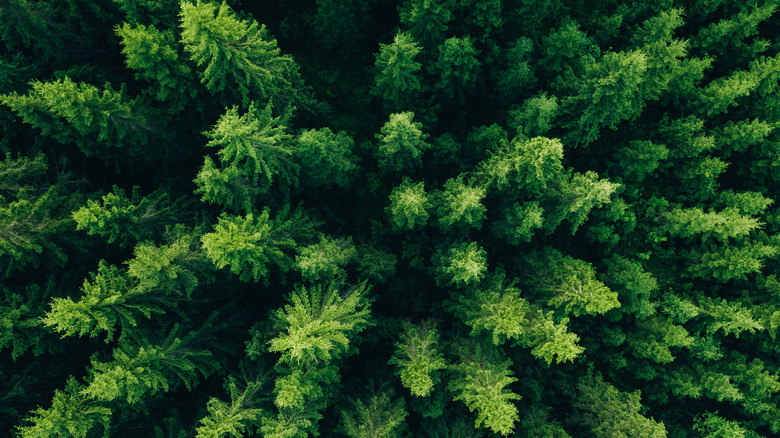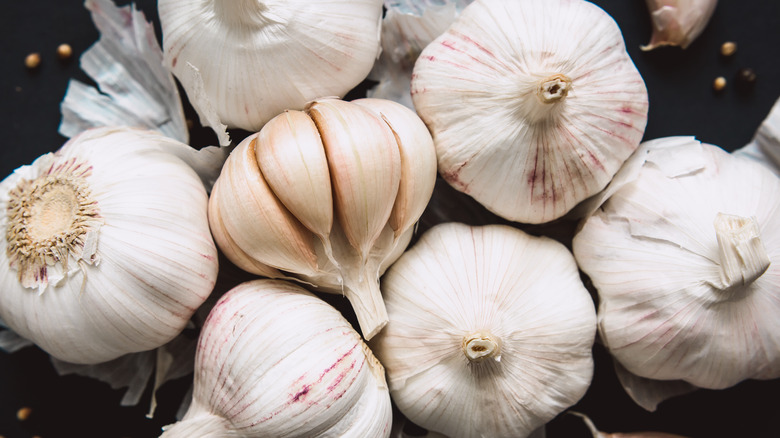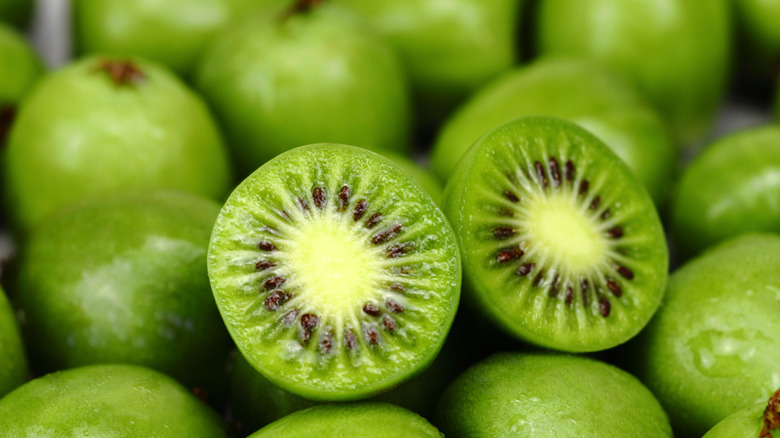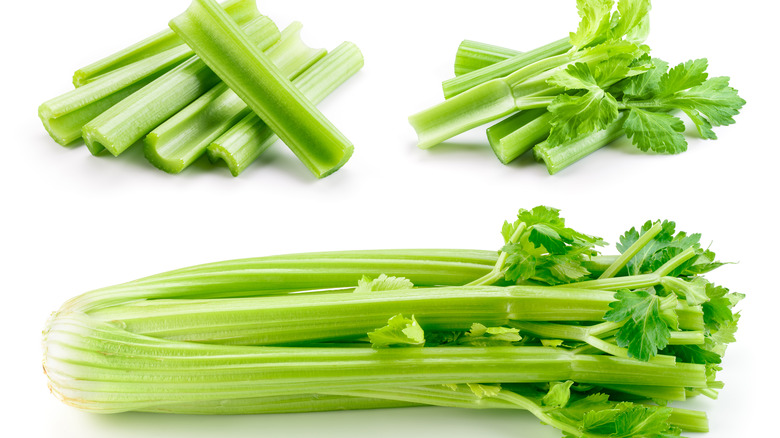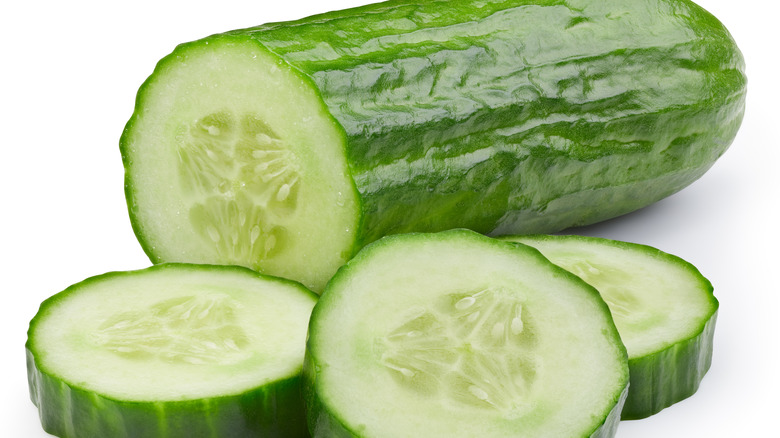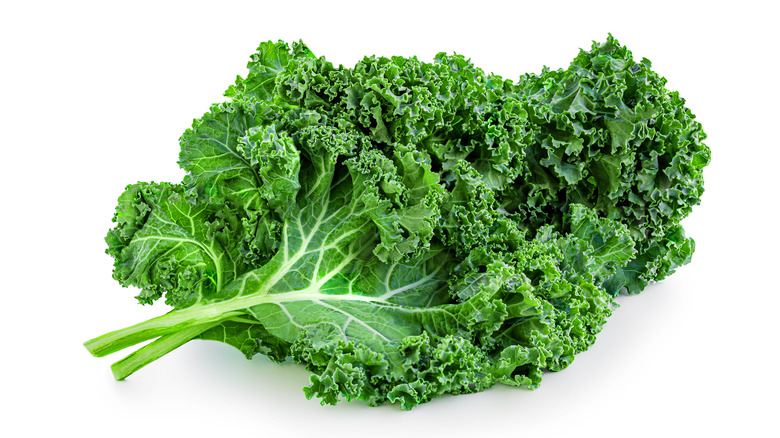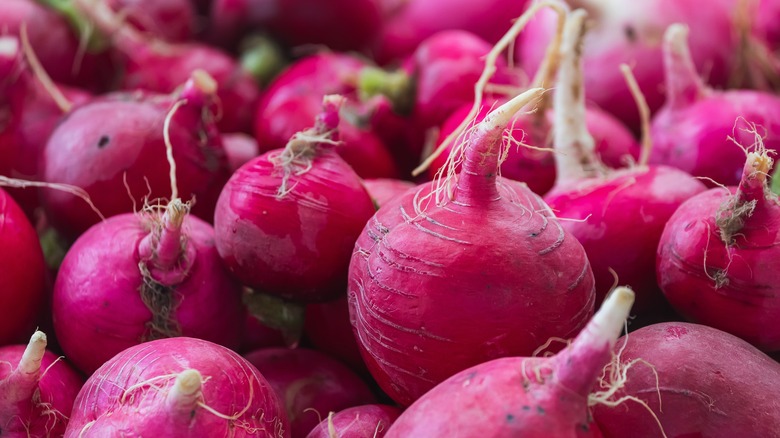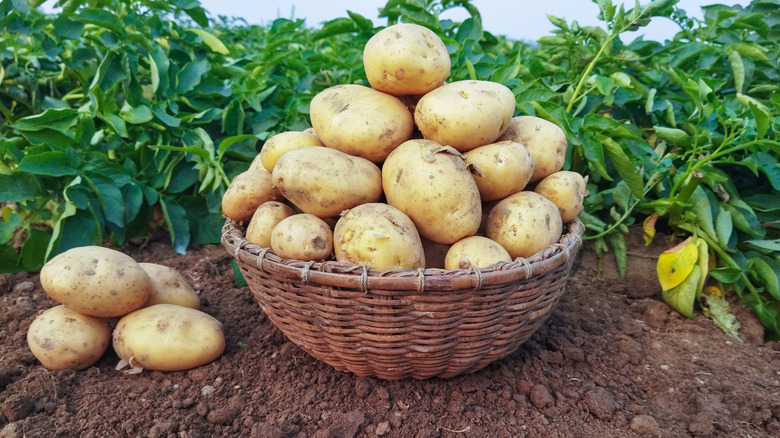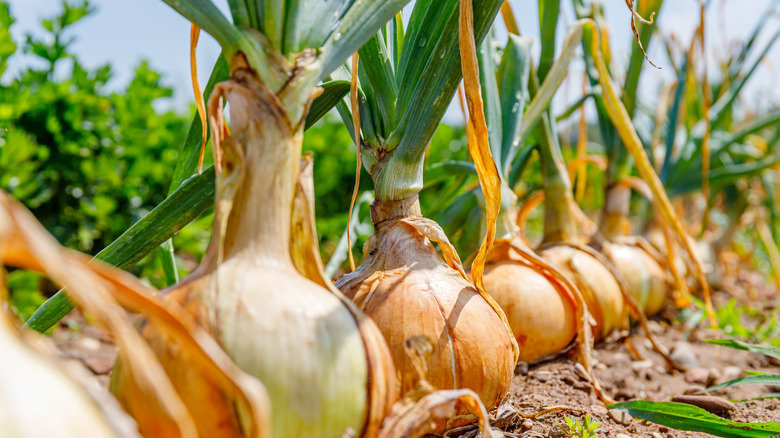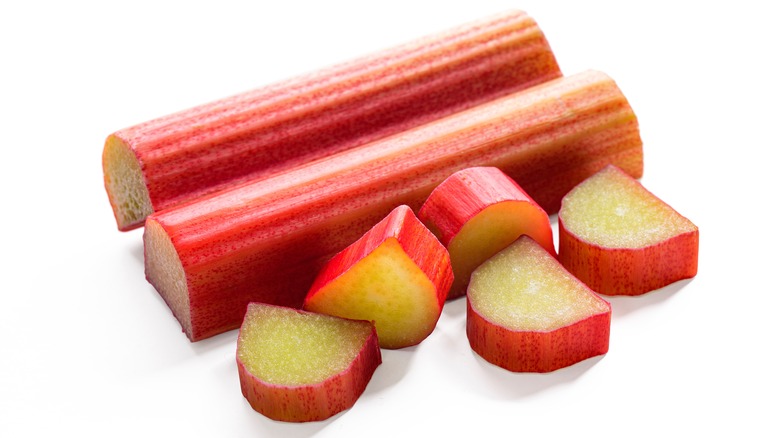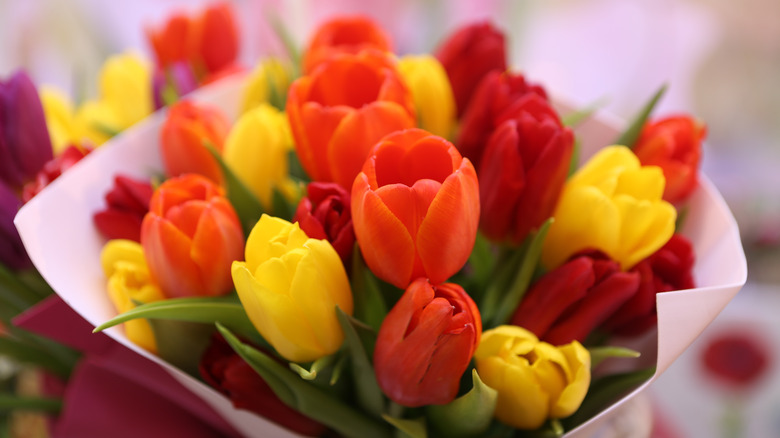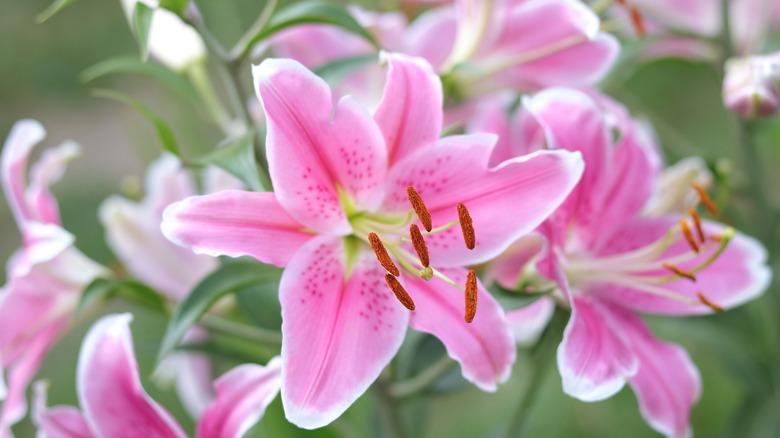15 Best Plants To Grow In USDA Zone 3
The USDA zone 3 covers the northern reaches of the United States, much of middle Canada, and a large swath of central Russia. According to Gardening Know How, these areas see winters that can drop to as low as -30 degrees Fahrenheit and experience an average last frost date around the middle of May.
Planting in this region can be a tremendous task, but living in one of these areas is well worth the effort. U.S. homeowners across the northwest (upper peninsula Michigan through to Montana, as well as Alaska) and those in upstate New York eastward to Maine can take advantage of a unique growing cycle that produces cold weather crops people love to cultivate and use.
Many homeowners also care for a number of large trees on their property for homemade woodworking supplies, firewood or chips for smoking, and for the syrup that they can produce an abundance of over the year. It may not seem like a promising growing zone, but the northern reaches of the United States and the lands ranging across Canada hold a significant cultivation treasure for those willing to put in the effort. The following plants and trees have the best time growing in zone 3.
1. Chestnut trees
Chestnuts are a great option for homeowners with ample space and a taste for the produce of nut trees. For instance, the horse chestnut tree (Aesculus hippocastanum) doesn't require much water and can withstand the cold prevailing across winters in even the most frigid areas of Alaska (via Gardenia). These are a welcome addition to the lawn and produce a wonderful bounty of chestnuts in the fall that can make the changing temperatures all the more enjoyable.
2. Buckeye trees
The Aesculus flava and Aesculus glabra — yellow buckeye and Ohio buckeye, respectively — grow exceedingly well in zone 3. Buckeyes produce a large nut that has become so popular in Ohio that the state is termed the Buckeye State, Touring Ohio notes. Many species exist in North America and grow well in these northern regions, providing homeowners with a low-maintenance shade producer that won't need much water and can consistently add their tasty fruits to your table.
3. Walnut trees
Black walnut trees won't produce nuts in zone 3 (via Growing Wild); however, the cultivars remain a highly prized source of other produce, with Adam Ragusea noting that they are an amazing origin of homemade syrup that rivals that of the maple tree. Likewise, walnut boards are a great option for woodworkers, so cultivating these species to harvest timber (after many years of preparation) can give you a sustainable and consistent source of material.
4. Spruce trees
Gardening Know How reports that many spruce varieties are a great asset in zone 3 gardens. The Norway spruce species, mainly, grow into admirable Christmas trees after a few years of cultivation, so a stand of this tree in the backyard can serve as a self-sufficient source of indoor decoration. In addition, this spruce type is resistant to drought and typically doesn't encounter trouble with insects or other pests. Spruce trees offer a great scent in the garden, too, filling your landscape with an iconic sight and a wonderful aroma throughout the year.
5. Garlic
Garlic is quite simple to cultivate and requires an extended period of cold to force the planted bulb to split into the familiar shape and layout of the end product that you typically purchase in a grocery store. The catalog of unique and immensely flavorful garlic varieties isn't showcased on marketplace shelves, so growing this aromatic root vegetable yourself can be incredibly rewarding. Planting garlic bulbs as the weather turns cold is all it takes to begin the process of cultivating new tubers for use during the next summer (via The Royal Horticultural Society).
6. Kiwiberries
Kiwiberries are a smaller version of the kiwi fruit that's found in grocery stores. They are hardy in much colder climates and are native to northern China and other parts of east Asia. Kiwiberries grow well in zone 3 and are cultivated similarly to the traditional kiwi fruit (via University of Minnesota Extension). They are unique in that they fruit as a small, grape-sized berry that doesn't require the shedding of the exterior skin. You'll need to plant extra vines to end up with the proper mix of male and female plants, as kiwis of all varieties aren't self-pollinating.
7. Celery
Celery is a staple in many dishes. Zone 3 Vegetable Gardening reports that celery is often underutilized in home gardens but that this crop simply requires cool temperatures and routine watering to thrive. Growing celery can give you a healthy kitchen addition with little effort. The vegetable features prominently as a vehicle for dipping and sauces during sporting events and is an essential, if underappreciated, ingredient in fine dining. Consider this crop to fill a gap you may not even know you had in the pantry.
8. Fast-fruiting cucumbers
A short-season cucumber can be a real winner in northern environments. Either pickling or eating cucumbers fresh can be a real treat. With a variety that sets fruit fast, you can grow an abundance of fast-fruiting cucumbers that will continue to provide your family with a wonderful harvest for a long time. Cucumbers bound for the pickling jar should be a 50-day variety (via Joybilee Farm), and you'll want to be diligent with picking the fruits as they mature to allow the plant to continue to direct its energy at new cucumber production.
9. Kale
Gardening Know How reports that kale is a standard favorite in cold zone gardens. This plant grows well in the northern reaches of the United States and into Canada, and as a fast bloomer, you can successfully harvest multiple plantings if you are smart about your sowing practices. Joybilee Farm notes that continued growing can proceed even after the first frost date of the late fall if you use a cloche or even a greenhouse or cold frame to protect the last growth before the winter sets in.
10. Radishes
Radishes are a fast-maturing root vegetable, making them perfect for growing in colder USDA zones. In addition, the shortened warm season means that fast growers are a welcome addition to gardens that need to maximize the cultivation cycle while the weather permits less hardy growth. According to Gardening Know How, radishes are ready to harvest as early as about three weeks after the seeds are planted, making them an easy addition to a zone 3 garden. They are great in salads and other dishes, and the ease of growth makes them a favorite for gardeners across the U.S.
11. Potatoes
Potatoes are another fast-growing crop: In as little as two or three months, you can harvest them. Many gardeners use a piling method when cultivating potatoes, which is a must in colder climates. When you see the green foliage shoot out from the soil, pushing up more dirt to create a mound on top of the leaves will protect the plant as it matures beneath for as long as possible (via Gardening Know How). With a root cellar, you can preserve your crop for most or all of the following year.
12. Transplanted onions
Onions can be grown in northern reaches (via Zone 3 Vegetable Gardening), but only if you use an indoor start from seed or have a greenhouse on-site. Transplanting onions out into the garden after the last frost date will give them the head start and weather they need to thrive. Onions are another crop that you can store for a lengthy shelf period under the right conditions, so a heavy crop can serve a family well into the spring and summer months, right before the next harvest of onions are due to be pulled.
13. Rhubarb
Rhubarb (Rheum rhabarbarum) grows similarly to celery and is cold and hardy in zone 3 (existing in abundance in Alaska, according to Gardener's Path). Rhubarb is a staple addition to pies and other sweet treats. Moreover, the plant is a great addition and makes for a huge pop of pink coloring in baked goods. Almanac suggests that a rhubarb plant can thrive for 10 years or longer and is immensely pest resistant. It makes for a wonderful vegetable to cultivate for home gardeners across northern regions.
14. Springtime bulbs
Bulb flowers are a great thing to plant in any part of the country, and northern regions are no exception. Bulbs like tulips, daffodils, hyacinths, and others make for a wonderful color addition to the landscape in the spring months (via Breck's). Bulbs flowering in the spring are easy to plant and require little attention. Situating them as the weather gets colder allows the bulbs to work their magic in the cool soil, bursting out as spring arrives.
15. Summer flowering bulbs
Breck's notes that spring bulbs aren't the only thing you should deposit in the soil as the weather turns cold. Summer flowering bulbs are also a great addition to the garden. Dahlias, lilies, gladiolus, cannas, and many other blooming bulbs offer a renewed color palate as the spring flowers begin to fade. This keeps the garden looking fresh and beautiful long into the summer months that you'll want to spend enjoying the warm air and glorious sunshine.
